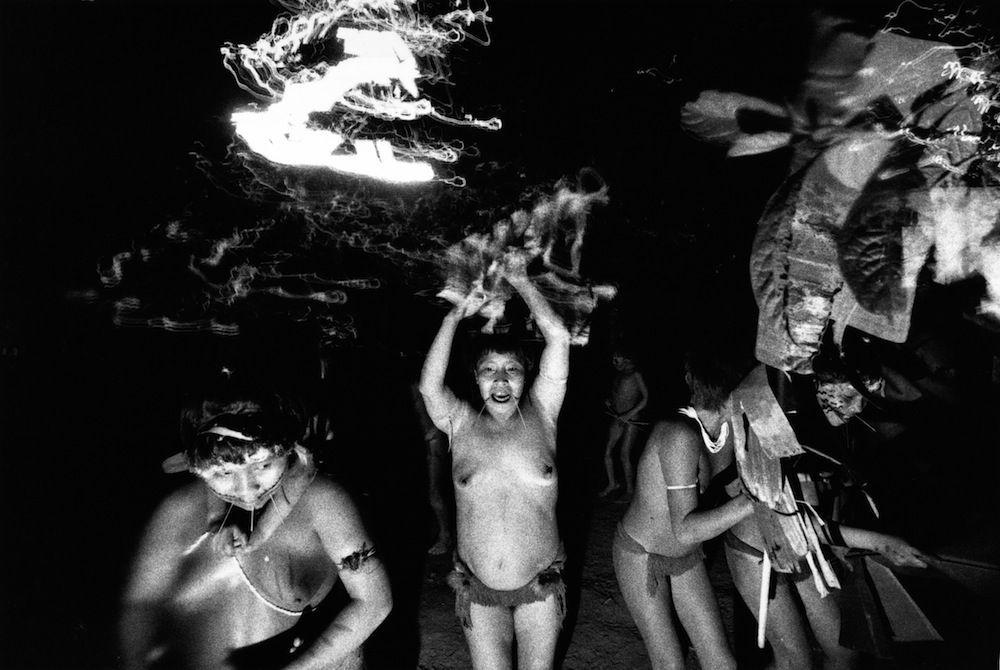

Should I Donate Money to Kony 2012 or Not?The Pacific Island Where Prince Philip and His Black Brother Are GodsSee Jungle Style, Go Ape Crazy
Photo by Claudia Andujar
Yanomami shamans inhale the yakoana powder, extracted from the bark of the virola tree, in order to enter a dream state. The powder is administered through a long tube, traditionally made from the hollowed stem of a palm tree. Photo by Claudia Andujar
Through dreams and trances, Yanomami shamans transcend the physical confines of their bodies and the limits of the human consciousness to commune with the xapiripë.Photo by Claudia Andujar
Davi first saw xapiripë as a child, and continued to see them in his sleep as he grew up. Only when he became an adult did he ask to be initiated as a shaman.Photo by Claudia Andujar
The xapiripë have danced for shamans since the very beginning of time. Their heads are covered with white hawk down, and they wear black bands made of monkey tails and turquoise cotinga feathers in their ears. They dance in a circle, unhurriedly.Photo by Claudia Andujar
"They dance very beautifully and sing differently. There are different songs: the song of the macaw, of the parrot, of the tapir, of the tortoise and of the eagle," says Davi.Photo by Claudia Andujar
To the Yanomami, each person has an ‘image-essence’, a double called a utupë, to which they are joined until death. A utupë can present itself in the image of many different living creatures, including a bird, mammal or insect. Photo by Claudia Andujar
Yanomami shamans also enlist the help of xapiripë to cure human illnesses, using different medicinal plants to treat fevers, stomach-aches, muscular pains and other ailments. Diagnosing and detecting diseases takes years of shamanistic experience.Photo by Claudia Andujar
By communing with and controlling the xapiripë, the Yanomami shamans are not only protecting their own community, but looking after the rest of the world as well. Photo by Claudia Andujar
Photo by Claudia Andujar